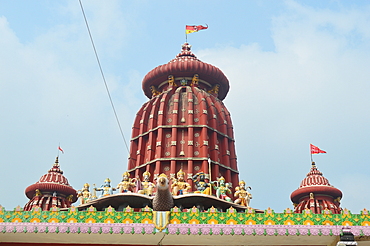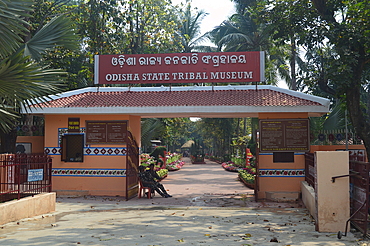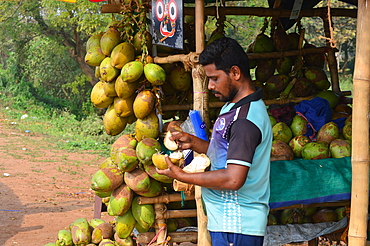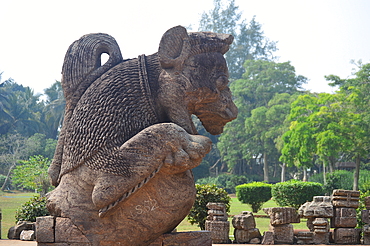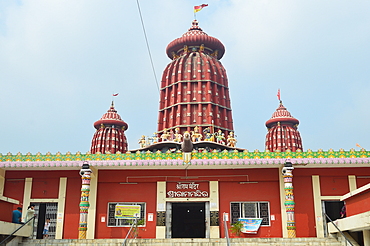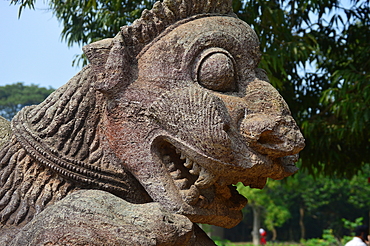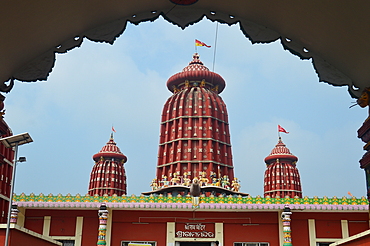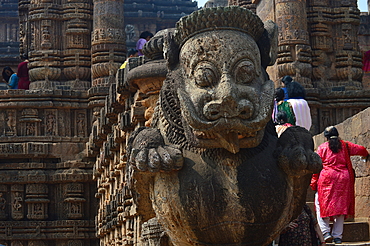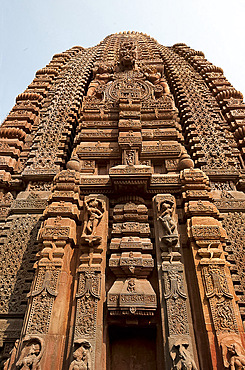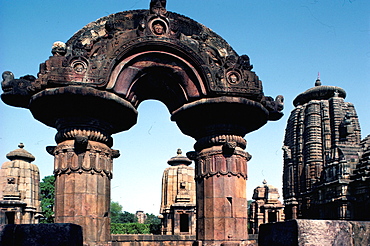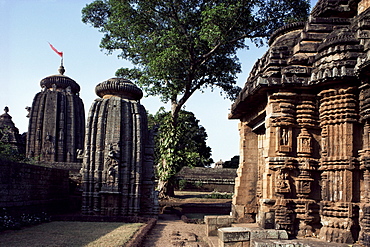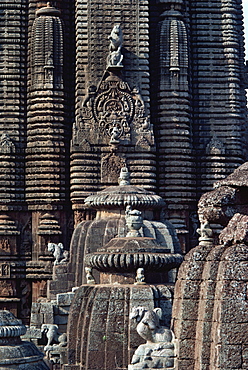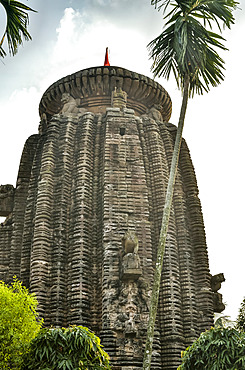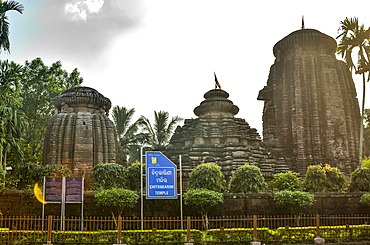Results
39 results found
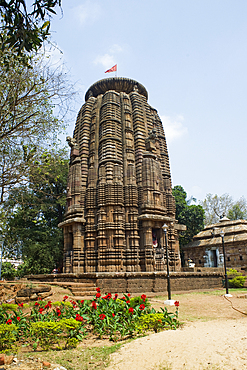
The 9th century Rameshwar Temple dedicated the Hindu deity Shiva in Bhubaneswar, nicknamed the City of Temples, Bhubaneswar, Odisha, India, Asia

The 11th century Rajarani Temple dedicated to the Hindu deity Shiva in Bhubaneswar, nicknamed City of Temples, Bhubaneswar, Odisha, India, Asia
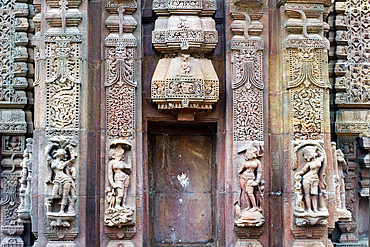
The 9th century Mukteswara Temple dedicated to the Hindu deity Shiva in Bhubaneswar, nicknamed the City of Temples, Bhubaneswar, Odisha, India, Asia
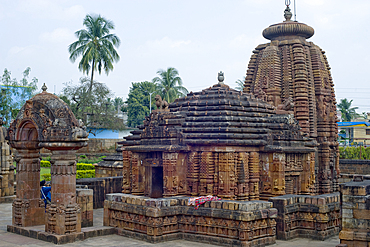
The 9th century Mukteswara Temple dedicated to the Hindu deity Shiva in Bhubaneswar, nicknamed the City of Temples, Bhubaneswar, Odisha, India, Asia
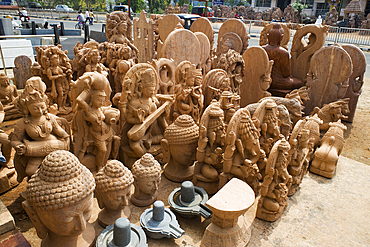
Statues of Hindu deities on view in front of a roadside trader's shop in Bhubaneswar, Odisha, India, Asia
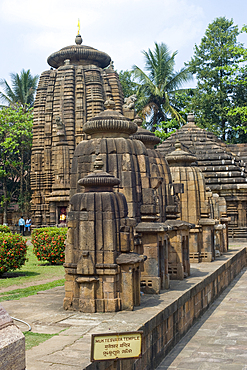
The 9th century Mukteswara Temple dedicated to the Hindu deity Shiva in Bhubaneswar, nicknamed the City of Temples, Bhubaneswar, Odisha, India, Asia
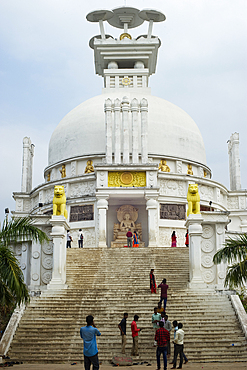
Dhauligiri Shanti Stupa (Dhauli Peace Pagoda), completed in 1972 with the collaboration of Nippon Buddha Sangha, atop Dhauli Hills on site of ancient temple, Bhubaneswar, Odisha, India, Asia
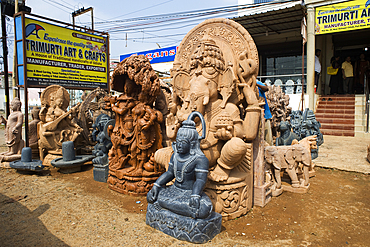
Statues of Hindu deities on view in front of a roadside trader's shop in Bhubaneswar, Odisha, India, Asia
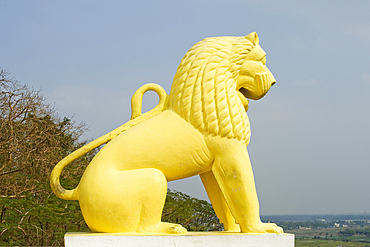
One of four guardian lions, Dhauligiri Shanti Stupa (Dhauli Peace Pagoda), completed in 1972 with the collaboration of Nippon Buddha Sangha, atop Dhauli Hills on site of ancient temple, Bhubaneswar, Odisha, India, Asia
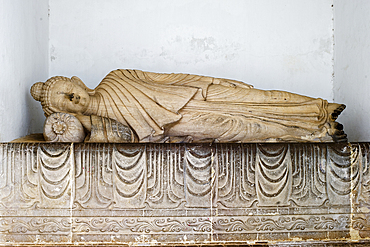
The sleeping Buddha, Dhauligiri Shanti Stupa (Dhauli Peace Pagoda), completed in 1972 with the collaboration of Nippon Buddha Sangha, atop Dhauli Hills on site of ancient temple, Bhubaneswar, Odisha, India, Asia
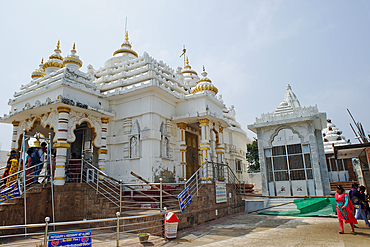
The hilltop Digambara Jain Temple stands above the Udayagiri and Khandagiri complex of caves dating back to over 100 years BCE, Bhubaneswar, Odisha, India, Asia
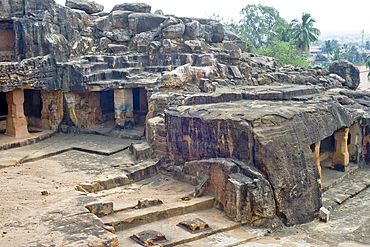
Monks' cells cut into the hillside rock among the Udayagiri and Khandagiri caves dating back to over 100 years BCE sculpted as religious retreats for Jain devotees, Bhubaneswar, Odisha, India, Asia
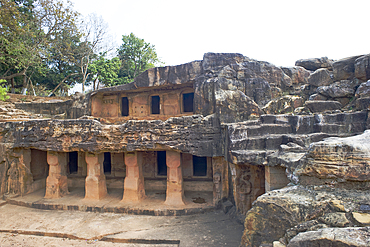
Monks' cells cut into the hillside rock among the Udayagiri and Khandagiri caves dating back to over 100 years BCE sculpted as religious retreats for Jain devotees, Bhubaneswar, Odisha, India, Asia
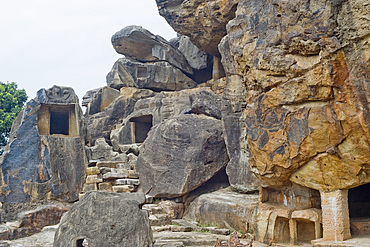
Monks' cells cut into the hillside rock among the Udayagiri and Khandagiri caves dating back to over 100 years BCE sculpted as religious retreats for Jain devotees, Bhubaneswar, Odisha, India, Asia
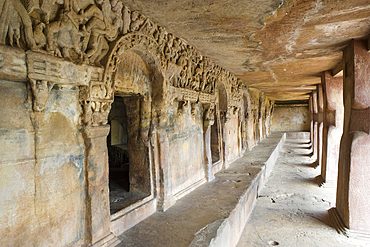
Monks' cells cut into the hillside rock among the Udayagiri and Khandagiri caves dating back to over 100 years BCE sculpted as religious retreats for Jain devotees, Bhubaneswar, Odisha, India, Asia
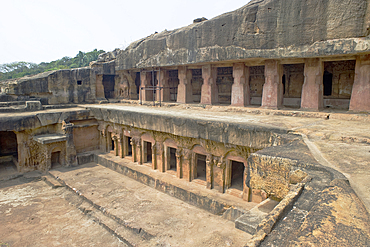
Monks' cells cut into the hillside rock among the Udayagiri and Khandagiri caves dating back to over 100 years BCE sculpted as religious retreats for Jain devotees, Bhubaneswar, Odisha, India, Asia
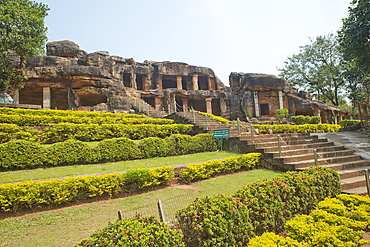
Garden at the entrance to the Udayagiri and Khandagiri caves dating back to over 100 years BCE, sculptured into the hillside as religious retreats for Jains, Bhubaneswar, Odisha, India, Asia
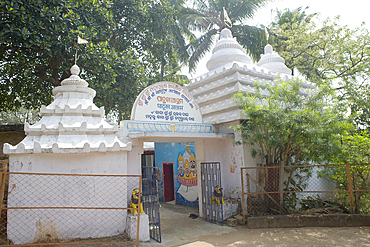
A small sanctuary near the entrance to the Udayagiri and Khandagiri caves dating back to over 100 years BCE, sculptured into the hillside as religious retreats for Jains, Bhubaneswar, Odisha, India, Asia
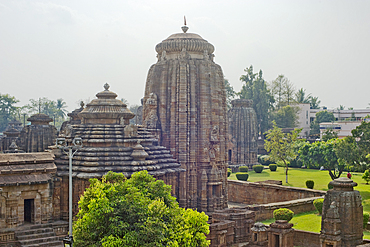
The 11th century Lingaraja Temple complex dedicated to the Hindu deity Shiva in Bhubaneswar, nicknamed the City of Temples, Bhubaneswar, Odisha, India, Asia
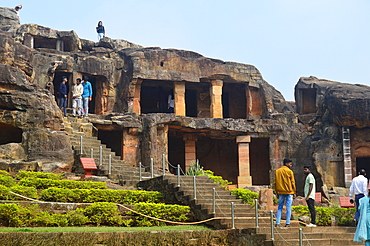
Udayagiri and Khandagiri caves located in the outskirt of Bhubaneswar capital of,Odisha these caves were made around 1st and 2nd century BC.King Kharavela of Kalinga dynasty built these caves for Jain monks to provide them a place to rest and meditate.
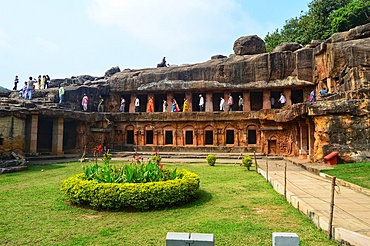
Udayagiri and Khandagiri caves located in the outskirt of Bhubaneswar capital of,Odisha these caves were made around 1st and 2nd century BC.King Kharavela of Kalinga dynasty built these caves for Jain monks to provide them a place to rest and meditate.
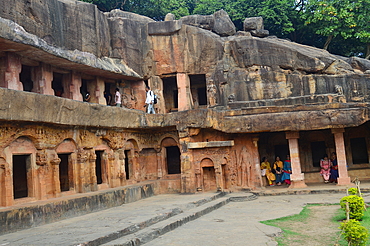
Udayagiri and Khandagiri caves located in the outskirt of Bhubaneswar capital of,Odisha these caves were made around 1st and 2nd century BC.King Kharavela of Kalinga dynasty built these caves for Jain monks to provide them a place to rest and meditate.
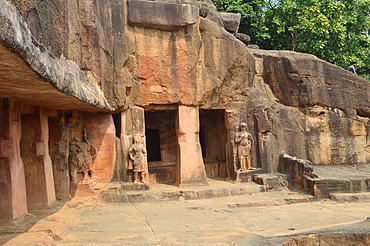
Udayagiri and Khandagiri caves located in the outskirt of Bhubaneswar capital of,Odisha these caves were made around 1st and 2nd century BC.King Kharavela of Kalinga dynasty built these caves for Jain monks to provide them a place to rest and meditate.
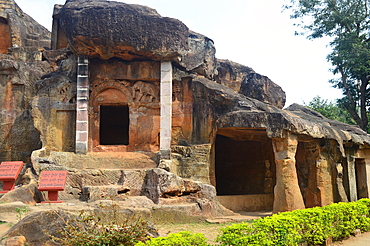
Udayagiri and Khandagiri caves located in the outskirt of Bhubaneswar capital of,Odisha these caves were made around 1st and 2nd century BC.King Kharavela of Kalinga dynasty built these caves for Jain monks to provide them a place to rest and meditate.
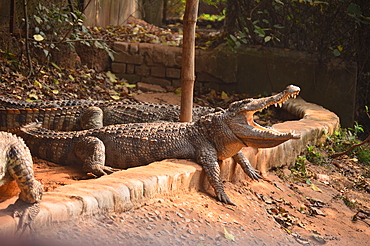
Crocodiles (Crocodylus porosus) in captivity at Nandankanan Zoological Park Bhubaneswar Odisha India.
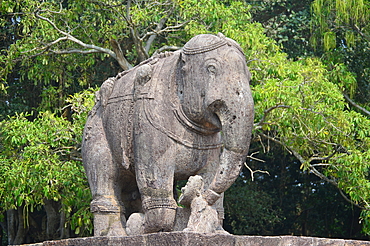
Sculpture of an elephant in the campus of Konark Sun Temple UNESCO World Heritage site Bhubaneswar Odisha India
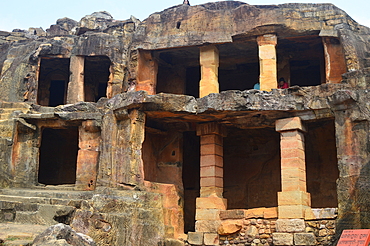
Alkapuri Gumpha Cave No 4 at Udayagiri and Khandagiri located in the outskirt of Bhubaneswar capital of Odisha these caves were built around 1st and 2nd century BC during the reign of King Kharavela of Kalinga dynasty for the abode of Jain ascetics.
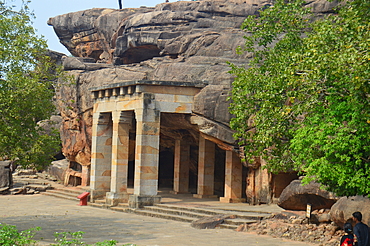
Hathi Gumpha Cave No 14 at Udayagiri and Khandagiri hills located in the outskirt of Bhubaneswar capital of Odisha these caves were built around 1st and 2nd century BC during the reign of King Kharavela of Kalinga dynasty for the abode of Jain ascetics.
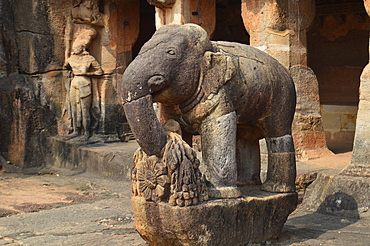
Elephant Statue at Ganesha Gumpha in Udayagiri and hills located in the outskirt of Bhubaneswar capital of Odisha these caves were built around 1st and 2nd century BC during the reign of King Kharavela of Kalinga dynasty for the abode of Jain ascetics.

Rani Gumpha 'Cave of the Queen'(cave no. 1) at Udayagiri and Khandagiri located in the outskirt of Bhubaneswar capital of Odisha these caves were built in 1st century BC during the reign of King Kharavela of Kalinga dynasty for the abode of Jain ascetics.
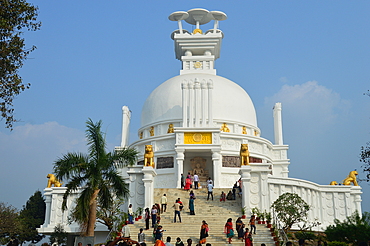
Shanti Stupa also known as Peace Pagoda on a small hillock Dhauligiri on the southern bank of Daya River where the Kalinga war was fought near Bhubaneswar Odisha India.
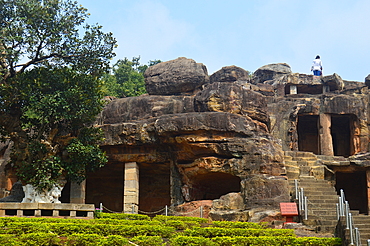
Jai Vijay Gumpha Cave No 5 at Udayagiri and Khandagiri hills located in the outskirt of Bhubaneswar capital of Odisha these caves were built around 1st and 2nd century BC during the reign of King Kharavela of Kalinga dynasty for the abode of Jain ascetics
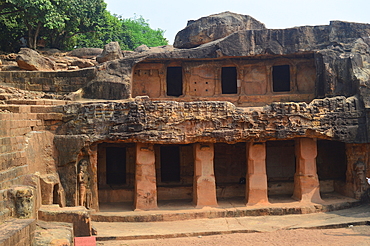
Mancapuri and Swargapuri Gumpha Cave No 9 at Udayagiri hills located in the outskirt of Bhubaneswar capital of Odisha these caves were built around 1st and 2nd century BC during the reign of King Kharavela of Kalinga dynasty for the abode of Jain ascetic
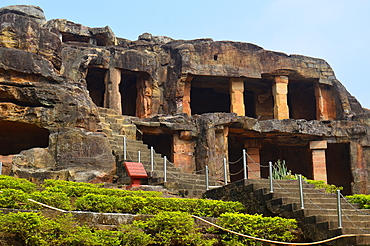
Udayagiri and Khandagiri caves located in the outskirt of Bhubaneswar capital of,Odisha these caves were made around 1st and 2nd century BC.King Kharavela of Kalinga dynasty built these caves for Jain monks to provide them a place to rest and meditate.
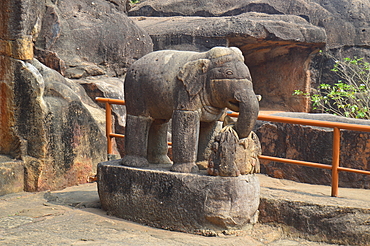
Elephant Statue at Ganesha Gumpha in Udayagiri and hills located in the outskirt of Bhubaneswar capital of Odisha these caves were built around 1st and 2nd century BC during the reign of King Kharavela of Kalinga dynasty for the abode of Jain ascetics.

Salt water crocodile (crocodylus porosus) at Nandan Kanan Zoo in Bhubaneswar Odisha India. Vulnerable species according to the IUCN Red List of threatened species classification.
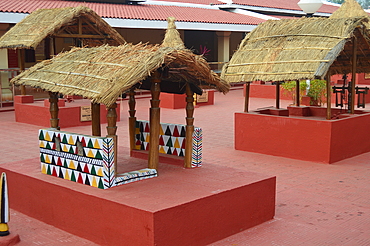
Odisha State Tribal Museum Bhubaneswar India.In the courtyard of main museum building are 14 tribal shrines honoring spirits, gods and goddesses.
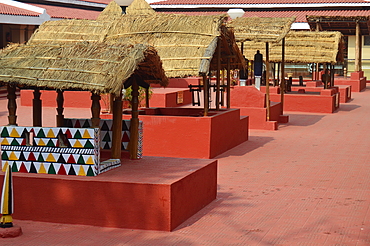
Odisha State Tribal Museum Bhubaneswar India.In the courtyard of main museum building are 14 tribal shrines honoring spirits, gods and goddesses.
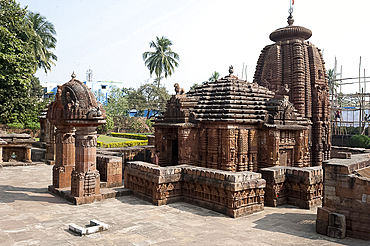
Muktesvara Temple, a 10th century Hindu temple dedicated to Lord Shiva, marking a change in temple construction, Bhubaneswar, Odisha, India, Asia
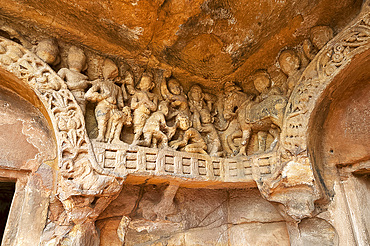
Detail of 2nd century BC Jain carvings of figures taking part in a Jain ceremony in the Rani Gumpha cave at Udayagiri archaeological site, near Bhubaneswar, Odisha, India, Asia
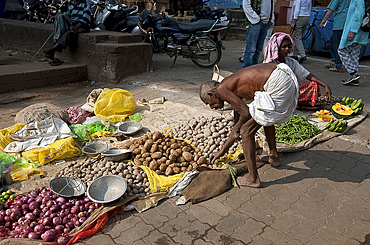
Local vegetable market on the streets of Bhubaneswar close to the Lingaraj temple, Bhubaneswar, Odisha, India, Asia
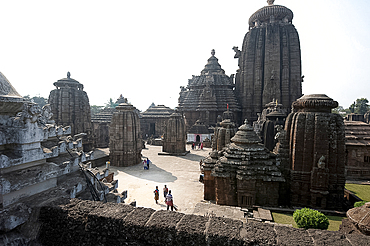
Lingaraj Hindu temple, dedicated to Harihara, a form of Shiva and Vishnu, the largest temple in Bhubaneswar, Odisha, India, Asia
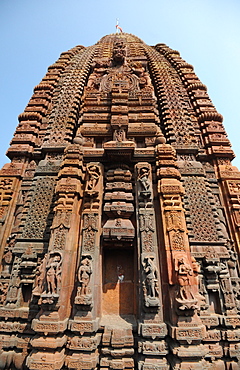
Carved stone Vimana in the 10th century Mukteswar Temple, dedicated to Lord Shiva, Bhubaneswar, Odisha, India, Asia

Priest performing puja ceremony with couple inside 10th century Mukteswar Temple, Bhubaneswar, Odisha, India, Asia
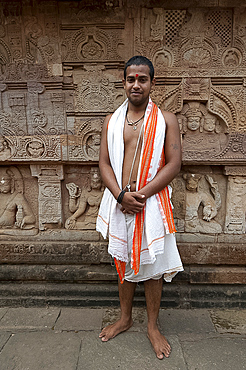
Monk of the Saiva Pasupata sect outside the 7th century Parasurameswar Hindu temple dedicated to Shiva, Bhubaneshwar, Orissa, India, Asia

Carved temple detail dressed for festival with cloth and marigolds, Bhubaneshwar, Orissa, India, Asia
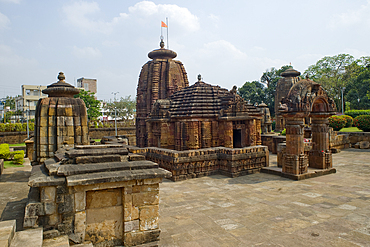
The 9th century Mukteswara Temple dedicated to the Hindu deity Shiva in Bhubaneswar, nicknamed the City of Temples, Bhubaneswar, Odisha, India, Asia
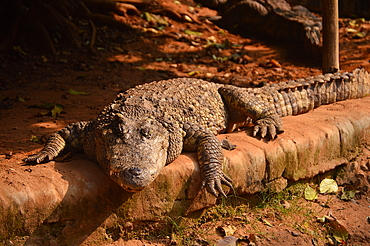
Crocodiles (Crocodylus porosus) in captivity at Nandankanan Zoological Park Bhubaneswar Odisha India.

Sculpture of an elephant in the campus of Konark Sun Temple UNESCO World Heritage site Bhubaneswar Odisha India
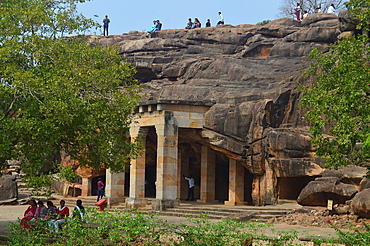
Udayagiri and Khandagiri caves located in the outskirt of Bhubaneswar capital of,Odisha these caves were made around 1st and 2nd century BC.King Kharavela of Kalinga dynasty built these caves for Jain monks to provide them a place to rest and meditate.
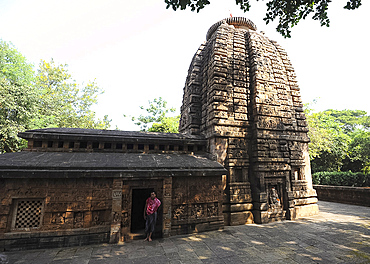
Priest standing at entrance to 7-8th century Parashurameshvara Temple, one of the oldest in Bhubaneswar, Odisha, India, Asia
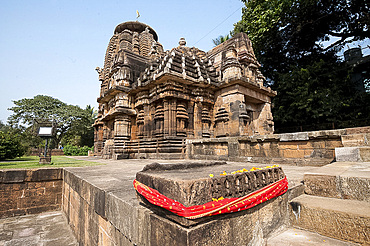
Muktesvara Temple, a 10th century Hindu temple dedicated to Lord Shiva, with Navagraha (nine planets) shrine in foreground, Bhubaneswar, Odisha, India, Asia
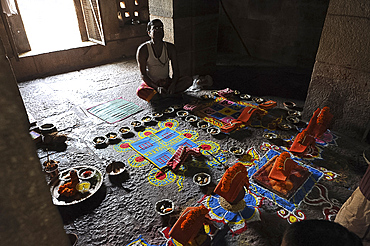
Priest arranging puja ceremony inside 7-8th century Parashurameshvara Temple, Bhubaneswar, Odisha, India, Asia
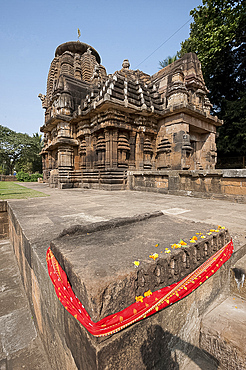
Muktesvara Temple, a 10th century Hindu temple dedicated to Lord Shiva, with Navagraha (nine planets) shrine in foreground, Bhubaneswar, Odisha, India, Asia
